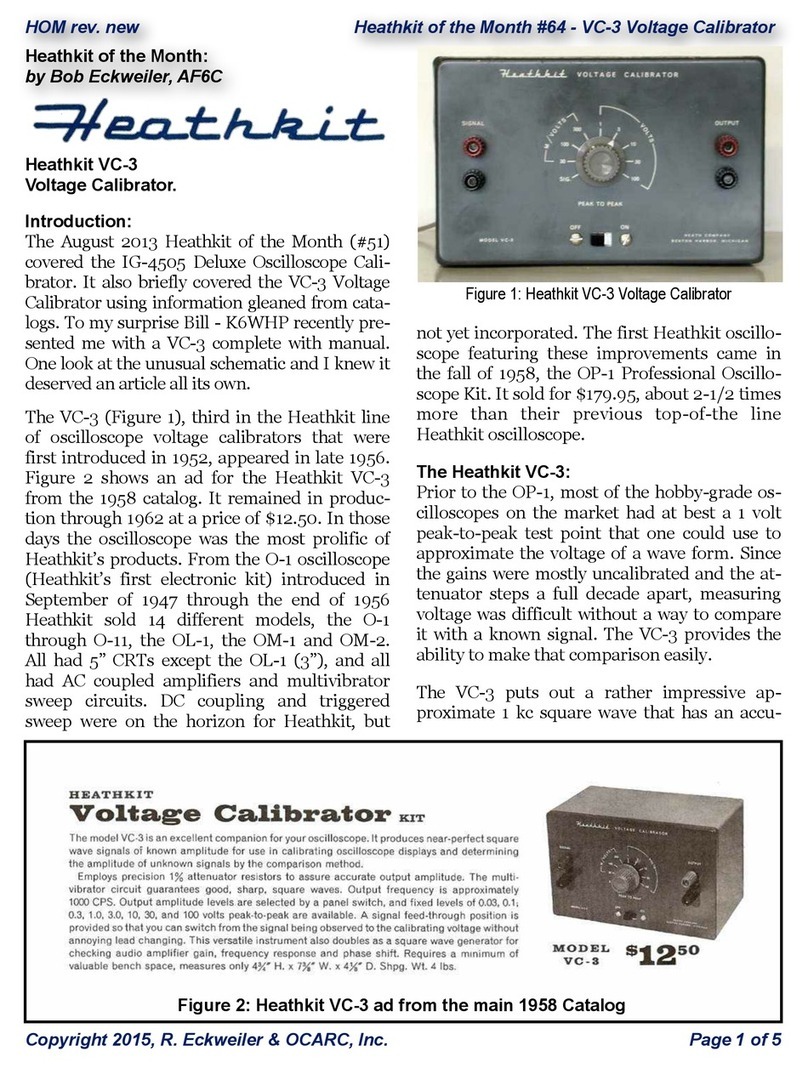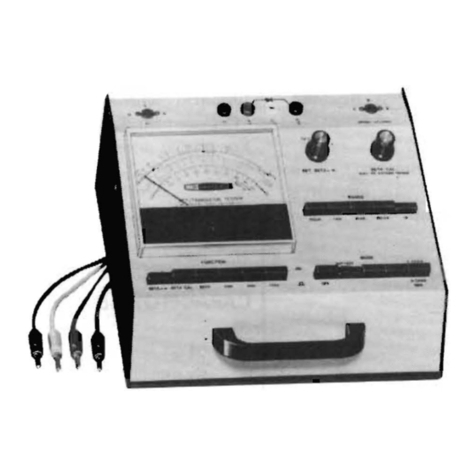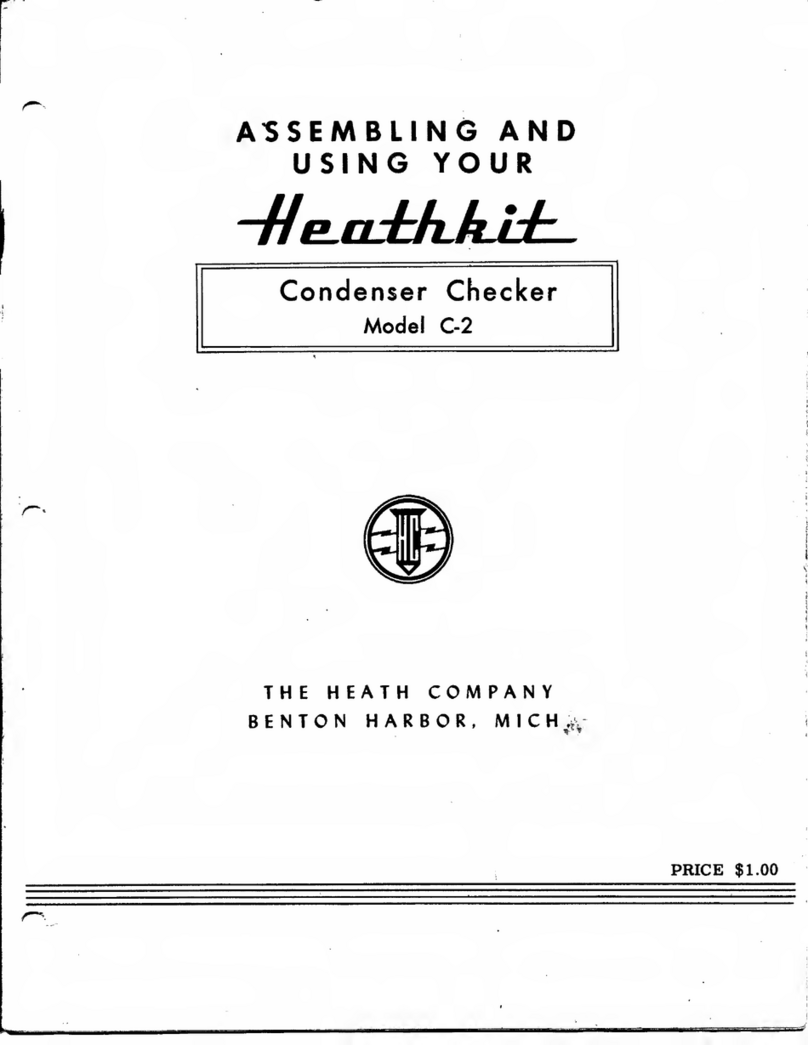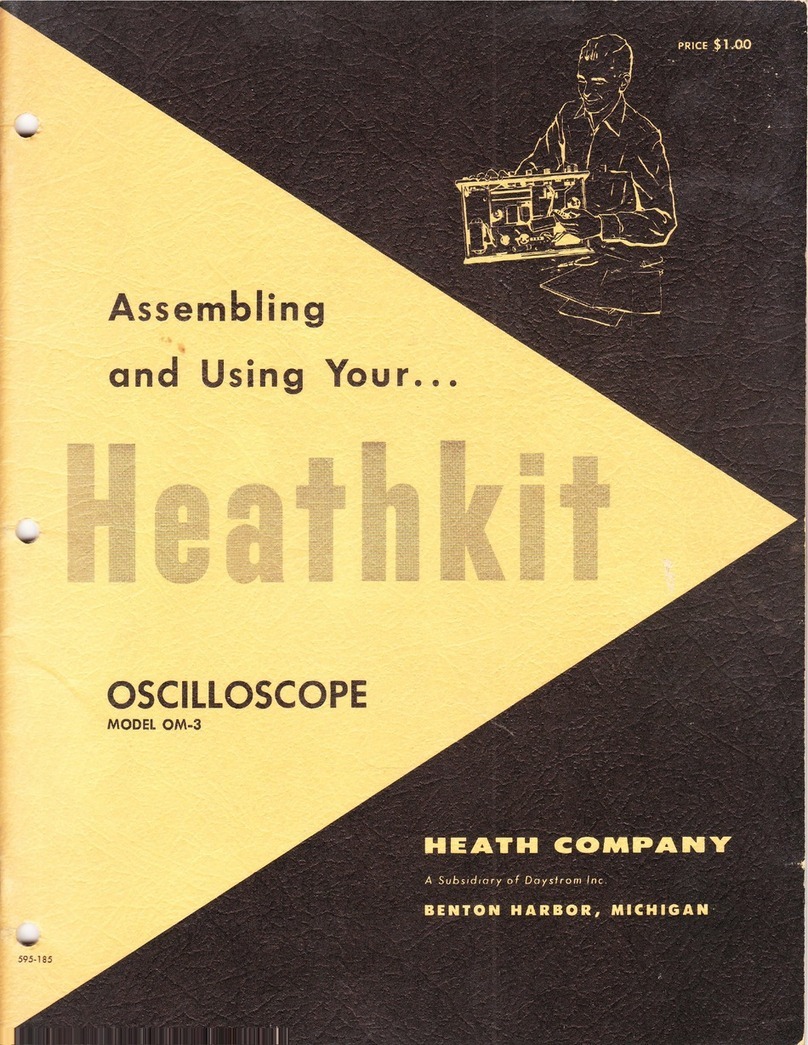
HEATH COMPANY PHONE DIRECTORY
The following telephone numbers are direct lines to the departments listed:
Kit orders and delivery information
...
.
....
.
......
..
. .
..
. (616) 982-3411
Credit
......
..
. .
......
.....
.......
..
.......
...
..
.
...
. (616) 982-3561
Replacement Parts .
....
.....
.....
. . .
...
..
.
..
..
.
..
..
...
(616) 982-3571
Technical Assistance Phone Numbers
8:
00A.M.
to
12
P.M.
and
1:00 P.
M.
to
4:30P
.M., EST, Weekdays Only
RtC, Audio, and Electronic Organs . .
..
. .
......
...
......
(616) 982-3310
Amateur Radio
.....
...
...
....
...
..
...
..
.....
...
......(616) 982-3296
Test Equipment, Weather Instruments and
Home Clocks . .
..
.
....
...
.......
. .
...
......
. .
..
. .
..
. (616) 982-3315
Television
..
.
....
.
....
..
. .
..
.
....
...
......
........
..
..
(616) 982-3307
Aircraft, Marine, Security, Scanners, Automotive,
Appliances and General Products
..........
......
•...
. (616) 982-3496
Computers
..
. .
..
.
....
...
. . .
..
.....
......
..
. .
..
.
...
..
. (616) 982-3309
YOUR HEATHKIT 90 DAY LIMITED WARRANTY
If
you are
not
satisfied
with
our
service- warrantyor
otherwise-
or
with
our
products, writedirectly to
our
DirectorofCustomer
Services, Heath Company, Benton Harbor,
Michigan
49022. He will make certain your problems receive
immediate,
personal
attention.
Our
attorney,
who
happens
to
be
quite
a kitbuilder himself, insists that
we
describe
our
warranty using all the necessary legal
phrases in order to
comply
with
the
new
warranty regulations. Fine. Here they
are
:
For a period ofninety (90) days after
purchase
, Heath
Company
will replace or repair free ofcharge any parts that are defective
either in materialsor workmanship. You
can
obtain parts directly from Heath
Company
by writing us at
the
address
below orby
telephoning
us at (616) 982-3571.
And
we'll
pay
shipping
charges to get those parts to
you-
anywhere
in
the world.
We
warrant
that
during
the first
ninety
(90) days after
purchase,
our
products,
when
correctly assembled, calibrated, adjusted
and
used in accordance with
our
printed
instructions, will meet published specifications.
If
a defective part or error in
design
has caused
your
Heathkit
product
to
malfunction
during
the
warranty period
through
no
fault of yours, we will service it free
upon
proof of
purchase
and
delivery at your expense to the Heath factory,
any
Heathkit
Electronic Center (units of Schlumberger
Products
Corporation). or
any
of
our
authorized
overseas distributors.
You will receive free
consultation
on
any
problem you
might
encounter
in
the
assembly or
use
of your Heathkit product. Just
drop us a
line
or give us a call. Sorry,
we
cannot
accept
collect calls.
Our
warranty does
not
cover
and
we
are
not
responsible for
damage
caused by
the
use of corrosive solder, defective tools,
incorrect assembly, misuse, fire, or by
unauthorized
modifications to or uses of
our
products for
purposes
other
than
as
advertised.
Our
warranty does
not
include
reimbursement
for
customer
assembly or set-up time.
~
This warrantycovers only Heathkit products
and
is not
extended
to allied
equipment
or
components
used in
conjunction
with
~
our
products. We
are
not
responsible
for
incidental
or
consequential
damages.
Some
states
do
not
allow
the
exclusion or
~
limitation of incidental or consequential damages, so
the
above limitation or exclusion may not
apply
to you. This warranty
gives you specific legal rights,
and
you may also have
other
rights
which
vary from state to state.
HEATH COMPANY ~
BENTON HARBOR, MI. 49022
~
oROOo&~uoOOOootooooomo~
Prices and specifications subject to change without notice.

































